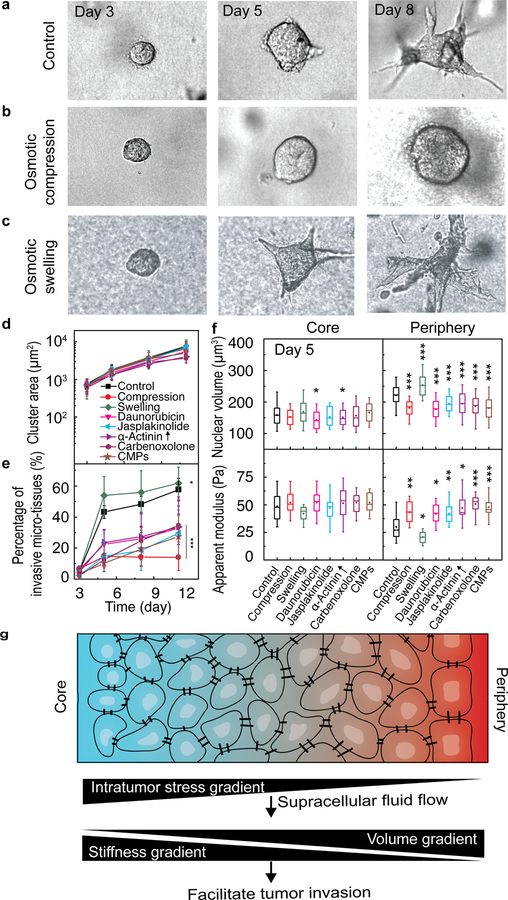Figure 5. Stiffening the soft cell subpopulation inhibits the invasion of the tumor cells.
a-c, Bright-field images show the time-dependent morphological changes of the developing cancer organoids under different culture conditions, including complete culture medium (a), osmotic compression (b) and osmotic swelling (c). d, Quantification of the projected areas of cancer organoids shows the growth rate under different culture conditions are comparable. CMPs: connexin mimetic peptides. e, Percentage of the invasive cancer organoids over time under different culture conditions. Stars indicates the statistically significant difference between each groups and the control on day 11 f, Cell nuclear volume and cell stiffness in the core and periphery of the organoids under different conditions in d. g, Working hypothesis that the intratumor stress gradient drives supracellular fluid flow and thus results in cell volume and stiffness gradients, which together facilitate tumor cell invasion. *P<0.05; **P < 0.01; ***P<0.001. Scale bars in a, b and c represent 50 μm. Error bars in d and e indicate standard deviation. Measurements are done in 3 independent experiments.

